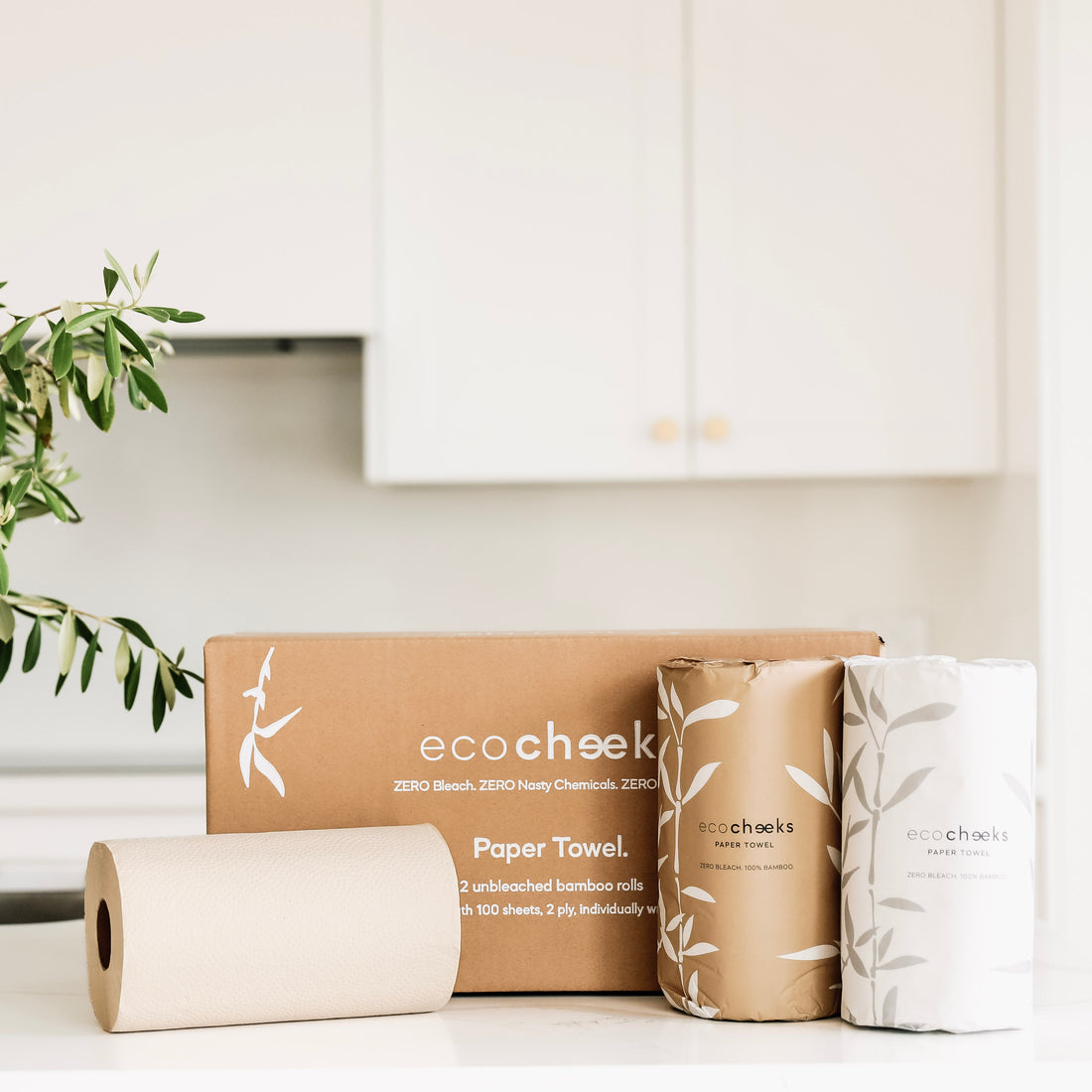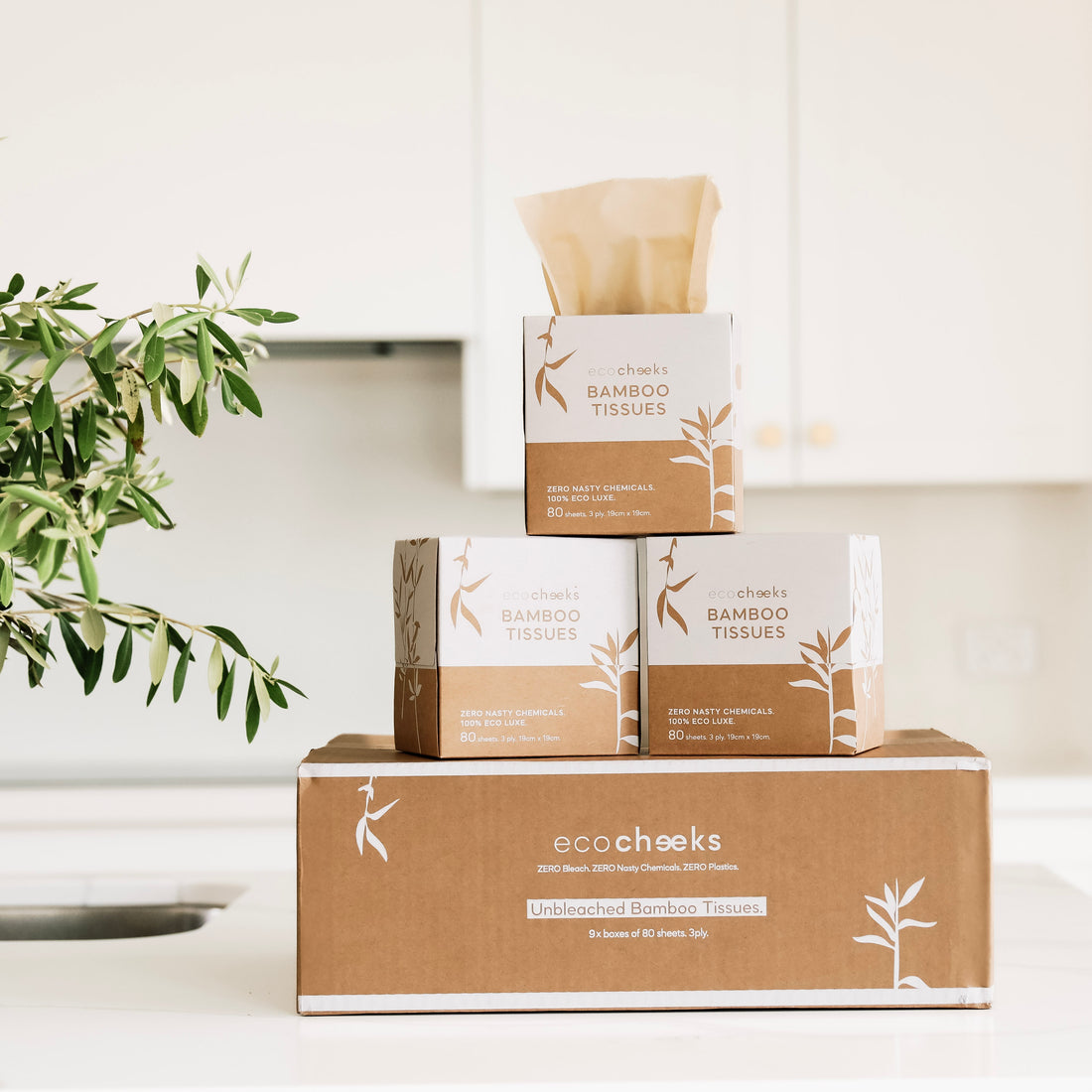Plastic cling wrap might be convenient, but it’s far from harmless. Thin, tricky to recycle, and used once before heading to landfill or, worse, into our oceans — it’s one of the more problematic everyday items in many homes.
If you’re looking to reduce single-use plastic in your kitchen, ditching cling wrap is a simple, impactful step. And the good news? There are plenty of reusable, affordable, and low-waste plastic cling wrap alternatives that do the job just as well — if not better.
Here are six smart and sustainable food wraps, plus a few bonus tips to keep your kitchen organised and your produce fresher for longer.
Plus, if you wanna see them in action, check out our Instagram reel here: Ditch the plastic cling wrap for good!
Ready to make the switch? Let’s go!
Why Move On from Cling Wrap?
Cling wrap is typically made from PVC (polyvinyl chloride) or LDPE (low-density polyethylene), both derived from fossil fuels. While it’s designed to cling to food and containers with ease, this thin, flexible plastic poses a big recycling challenge — most centres won’t accept it, and it tends to jam machinery or contaminate other materials.
In most cases, that means it’s headed straight to landfill, where it can sit for hundreds of years without breaking down. If it escapes into the environment, it can easily find its way into waterways and oceans, endangering marine life that may mistake it for food or become entangled.
Cling wrap may also leach chemicals into your food, especially when heated — another reason to reconsider its place in your kitchen.
At Eco Cheeks, we believe in practical, planet-friendly solutions that fit seamlessly into everyday life. So here are our favourite plastic cling wrap alternatives — all reusable, affordable, and kinder to the environment.
1. Beeswax Wraps
A long-time favourite among low-waste and sustainable food wraps, beeswax wraps are made from cotton fabric coated in a blend of beeswax, jojoba oil, and resin. These materials give the wraps a slightly tacky texture, making them naturally adhesive and mouldable.

Perfect for wrapping sandwiches, half-cut fruit, or covering bowls, beeswax wraps are breathable yet protective, helping food stay fresher for longer.
Why they work:
-
Reusable
-
Naturally antibacterial
-
Compostable at end of life
-
Available in a wide range of prints and colours
Care tip: Wash gently with cool water and mild soap, and avoid heat sources which may melt the wax.
DIY option: If you’re keen on a hands-on project, it’s possible to make your own beeswax wraps using fabric scraps — a great way to personalise your collection while reducing textile waste.
2. Silicone Stretch Lids
This kind of flexible, durable, and endlessly reusable food wrap, silicone stretch lids offer a tight seal for bowls, jars, pots, and even cut fruit. They come in a variety of sizes and are ideal for creating an airtight cover without waste.

Key benefits:
-
BPA-free and food-safe
-
Dishwasher-friendly
-
Designed to last for years
-
Stack well for tidy fridge storage
They’re especially handy for covering leftovers or storing prepped ingredients — simply stretch the lid over your container and you're good to go.
3. Use What You Have: The Plate-on-Top Method
Sometimes the best solution is the simplest one. Placing a plate or bowl over another bowl works just as effectively as a lid and requires zero extra materials. If that isn’t a clever reusable food wrap hack, we don’t know what is!
It’s an old-school approach that’s still relevant today — and it doesn’t cost a cent.
Tip: For a more secure seal, place a damp tea towel or beeswax wrap between the plate and bowl.
4. Glass Containers
Reliable, long-lasting, and versatile, glass containers are an excellent swap for plastic-wrapped food storage. Ideal for leftovers, meal prep, or pantry items, they’re microwave and oven safe (without the lid), and won’t retain odours or stains.
Why we recommend them:
-
Non-toxic and food-safe
-
Fully recyclable
-
Durable and easy to clean
-
Often available second-hand
If you’re just starting your low-waste journey, check out local op shops or online marketplaces for pre-loved glass containers — they’re usually just as effective at a fraction of the price.
5. Fabric Bowl Covers
Made from cotton or linen with an elastic edge, fabric bowl covers are an attractive, reusable way to store food or cover dishes. This kind of sustainable food wrap is especially useful for keeping bugs and dust away from food at picnics or on the bench.

Benefits include:
-
Machine washable
-
Breathable
-
Customisable if DIY’d at home
-
Free from plastic and synthetic coatings
Want to make your own? Leftover fabric scraps and some elastic are all you need.
6. Paper-Based Wraps (for Dry Foods)
Unbleached baking paper or brown paper bags can be used as temporary wraps for bread, sandwiches, or dry snacks.
While not reusable, these materials are generally compostable and much gentler on the environment than plastic wrap — provided they’re not coated or printed with coloured ink.
Best for:
-
Bread and rolls
-
Dry snacks
-
Sandwiches (especially in lunchboxes)
Avoid using paper wraps for foods with high moisture or oil content, as the paper can break down and leak.
Bonus Tips for Low-Waste Food Storage
-
Wrap leafy greens in with a sheet of paper towel and store them in the crisper to keep them fresh longer
-
Store herbs upright in a jar of water (like a bouquet) and change the water every few days
-
Use mason jars or glass containers for storing leftovers, sauces, or cut-up fruit
-
Freeze extras in silicone reusable ziplock-style pouches or glass containers to reduce food waste
-
Store bread in linen bags or wrapped in a clean tea towel to prevent it from drying out
Every Small Swap Counts
Cling wrap may feel like a default choice, but it’s far from essential. With a little creativity and a few simple swaps, you won’t miss plastic cling wrap and your kitchen can become a low-waste zone that’s healthier for both you and the planet.
And remember: you don’t need to buy everything at once. Start with what you have, and build your collection of reusable food wraps over time. Every conscious decision adds up.
Want to see these swaps in action? Check out our Instagram reel here: Ditch the plastic cling wrap for good! — it’s a quick guide to going cling-wrap free, with simple tips you can start using today.
Share Your Go-To Swap
Already made the switch? We’d love to know what plastic cling wrap alternatives you’re using at home. Share your favourite hacks with us on Instagram or drop us a message — the more ideas we share, the easier it becomes for everyone to live with less waste.








